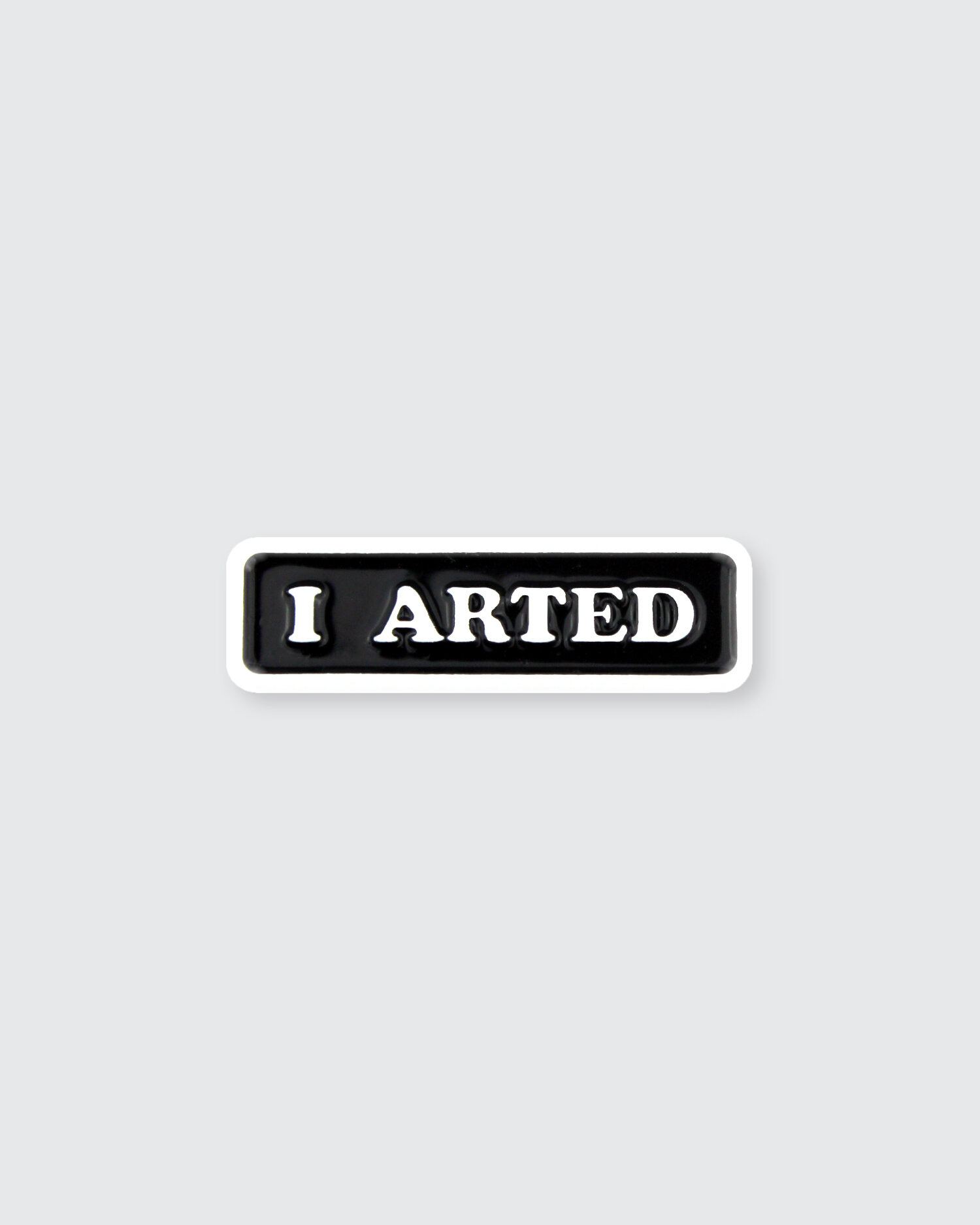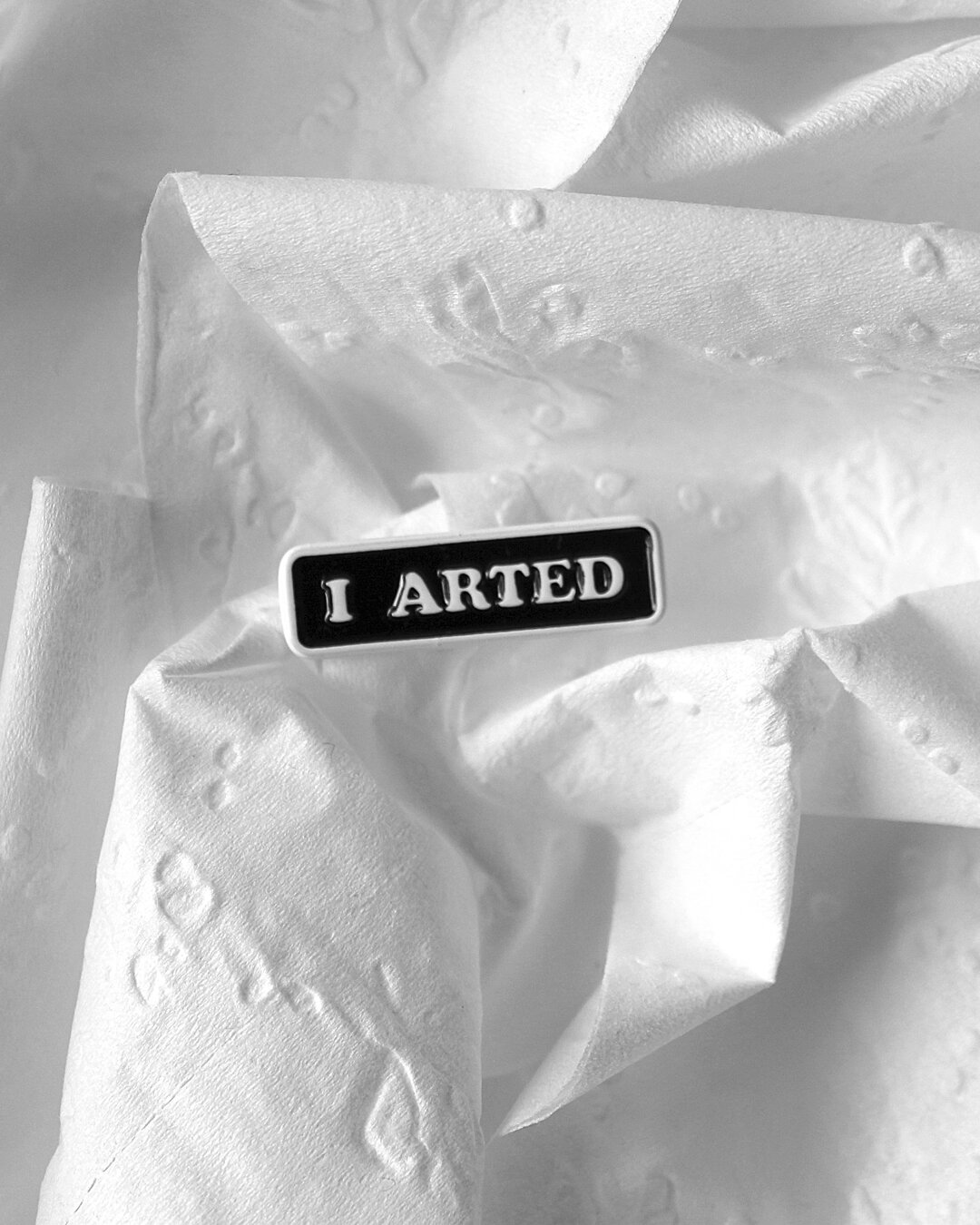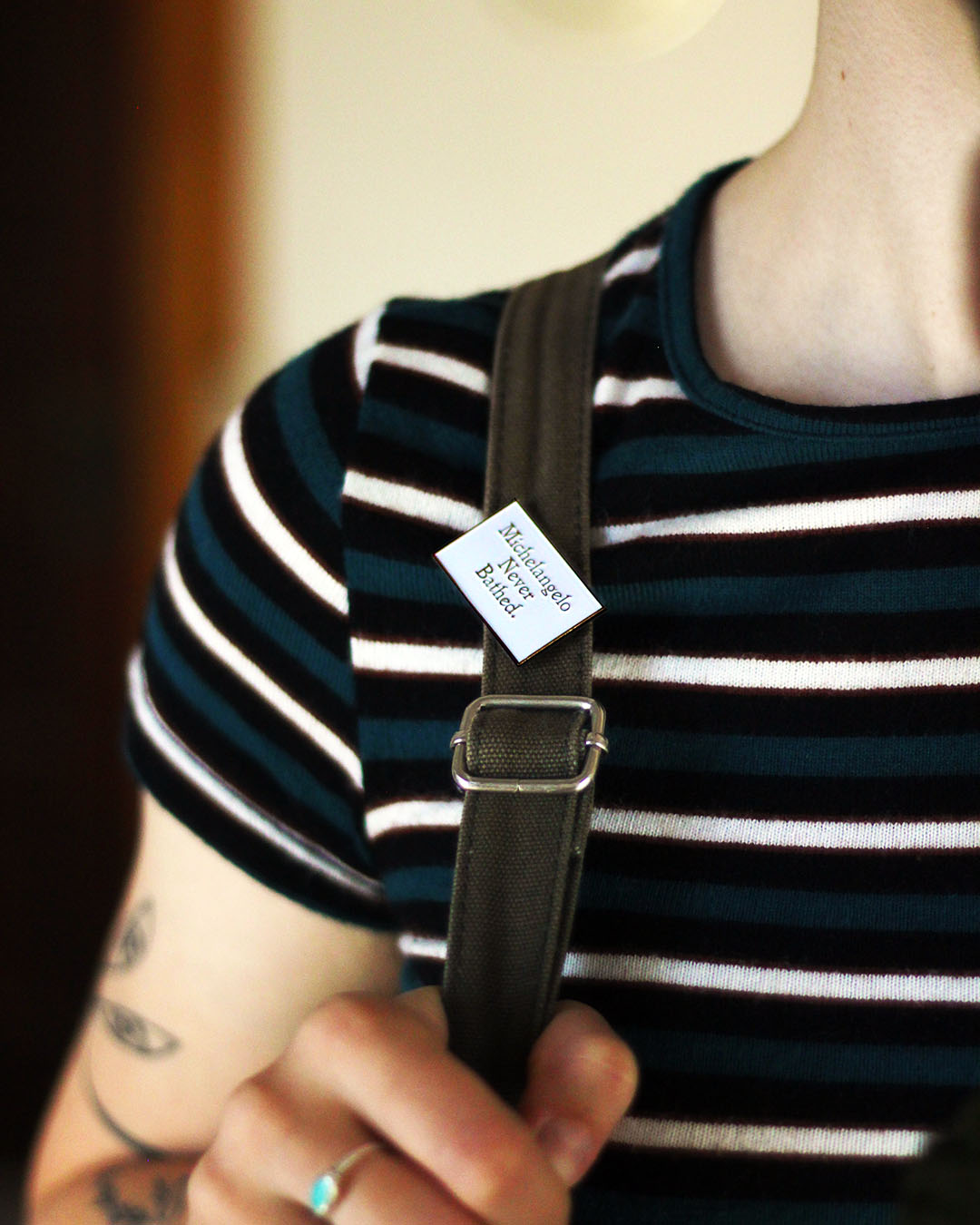- Archive
- Anti-Art • Patch
Anti-Art • Patch



Anti-Art • Patch
1.6" x 3.6"
White Twill with Embroidery
Merrowed Edge
Iron on Backing
Anti-art describes an artistic practice or work that seeks to challenge accepted definitions of art. The term is thought to be coined by Marcel Duchamp when he made his first readymades. Anti-artists were opposed not only to the idea of high art, but also the art market and academy, intentionally making controversial or nonconforming works to push against traditional notions of what makes art art. Though strongly associated with the Dada movement, later groups have taken a similar anti-art stance, embracing a rejection of artistic conventions and institutions.
Our ‘Anti-Art’ patch points to the contemporary paradox of such artist practice, claiming the now acceptance of anti-artworks within the art historical canon: Anti-art has become generally accepted by the art world to be art.
1.6" x 3.6"
White Twill with Embroidery
Merrowed Edge
Iron on Backing
Anti-art describes an artistic practice or work that seeks to challenge accepted definitions of art. The term is thought to be coined by Marcel Duchamp when he made his first readymades. Anti-artists were opposed not only to the idea of high art, but also the art market and academy, intentionally making controversial or nonconforming works to push against traditional notions of what makes art art. Though strongly associated with the Dada movement, later groups have taken a similar anti-art stance, embracing a rejection of artistic conventions and institutions.
Our ‘Anti-Art’ patch points to the contemporary paradox of such artist practice, claiming the now acceptance of anti-artworks within the art historical canon: Anti-art has become generally accepted by the art world to be art.










